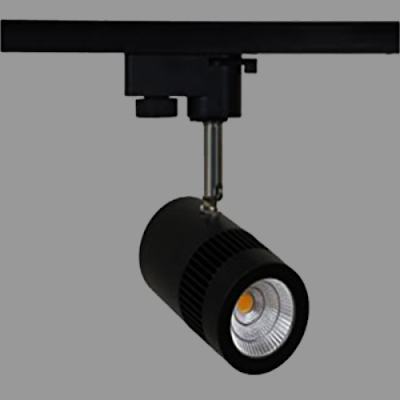Enhancing Workplace Productivity: Office Lighting Design Solutions
In today's fast-paced corporate world, optimizing workplace productivity is crucial for businesses to thrive. One often overlooked aspect of creating an efficient and conducive work environment is lighting design. Adequate and well-thought-out office lighting can have a profound impact on employee well-being, focus, and overall performance. This blog explores various lighting design solutions to improve office lights and boost productivity.
Understanding the Importance of Office Lighting
The significance of balanced lighting in enhancing concentration and reducing eye strain.
The role of natural light in positively influencing mood and energy levels.
Identifying common lighting issues in offices that hinder productivity.
The Advantages of Task Lighting
Implementing task lighting to provide focused illumination for specific work areas.
Customizing task lighting based on individual employee needs and tasks.
Reducing the risk of errors and accidents by illuminating workstations effectively.
Embracing Energy-Efficient Lighting
Switching to LED lights to lower energy consumption and reduce utility costs.
Utilizing motion sensors and smart lighting controls for optimized energy usage.
Creating a sustainable and eco-friendly office environment.
Harnessing Circadian Lighting
Incorporating circadian lighting solutions to mimic natural light's daily rhythm.
Promoting employee well-being and productivity by regulating sleep-wake cycles.
Creating a dynamic lighting system that adapts throughout the day.
Balancing Ambient and Accent Lighting
Combining ambient lighting for overall illumination with accent lighting to highlight specific areas.
Enhancing the office ambiance and improving aesthetics through well-planned lighting layers.
Avoiding glare and shadows that can cause discomfort and distraction.
Considering Personal Preferences
Allowing employees to control their individual lighting preferences within reason.
Offering adjustable lighting options to accommodate varying visual needs.
Recognizing the positive impact of personalized lighting on employee satisfaction.
Evaluating Lighting Design with Ergonomics in Mind
Working with ergonomic experts to align lighting solutions with office furniture and layout.
Reducing strain on employees' eyes, neck, and back through proper lighting positioning.
Ensuring a harmonious blend of functionality and visual comfort.
Seeking Professional Lighting Design Consultation
Collaborating with experienced lighting designers to assess and address specific office lighting requirements.
Developing a comprehensive lighting plan tailored to the office's unique characteristics and goals.
Staying up-to-date with the latest lighting trends and technological advancements.
In conclusion, office lighting design solutions play a vital role in creating a workspace that fosters productivity and employee satisfaction. By considering factors such as task lighting, energy efficiency, circadian lighting, and personal preferences, businesses can make significant strides in optimizing their office lights. Furthermore, with a focus on ergonomics and seeking professional consultation, companies can create a well-lit, harmonious environment that benefits both employees and the organization as a whole. Remember, a well-illuminated workspace is a brighter future for productivity!
